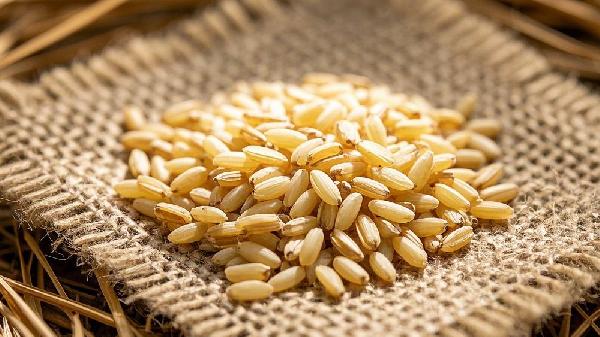When you bite into that juicy ham sandwich or savor a slice of honey-glazed ham at dinner, your body kicks off a complex series of reactions—some good, some not-so-great. Ham, a processed meat favorite in American households, delivers a mix of protein, sodium, and preservatives that can impact everything from your muscles to your blood pressure. Let’s break down the real deal behind what ham does to your system, from the first chew to long-term effects you might not see coming.

Ham packs a solid protein punch—about 7 grams per ounce—making it a go-to for muscle repair and growth. After digestion, amino acids from the protein flood your bloodstream, helping rebuild tissues post-workout or just keeping your body functioning smoothly. But here’s the catch: processed ham often comes with a side of sodium and nitrates, which can dull the benefits. Opting for lean, low-sodium versions or fresh cuts like roasted pork loin can give you the protein without the baggage.
That salty taste you love? It’s no joke—just two slices of deli ham can shovel nearly 500mg of sodium into your system (about 20% of your daily limit). Your kidneys scramble to balance the excess, but over time, high sodium intake stiffens blood vessels and hikes up blood pressure. If you’re reaching for ham daily, you might notice bloating or puffiness as your body hoards water to dilute the salt. Swapping to lower-sodium brands or rinsing cured ham under water can dial back the sodium shock.
Most commercial hams are cured with nitrates or nitrites to keep them pink and shelf-stable. When these compounds hit your gut, they can morph into nitrosamines—linked to higher cancer risks in studies. Your gut bacteria also get involved, sometimes turning nitrates into nitric oxide (which can help blood flow) or into those sketchy nitrosamines. Uncured ham or brands labeled "nitrate-free" (they often use celery juice, naturally high in nitrates) might be safer bets, though the debate on "natural" nitrates rages on.
Ham isn’t just protein—it’s got fat, too, and the type matters. A typical slice carries about 2.5 grams of fat, with a mix of saturated and unsaturated. Too much saturated fat (hello, spiral-cut holiday hams) can nudge LDL ("bad") cholesterol up, while the monounsaturated fats in some hams might actually support heart health. Trimming visible fat or choosing "97% fat-free" labels helps, but remember: even lean ham is still processed meat, so moderation’s key.
Ham sneaks in some nutritional wins, like B vitamins (especially B1 and B12) that keep your energy and nerves in check. It’s also a solid source of zinc and iron, which help your immune system and oxygen flow. But these perks don’t cancel out the downsides—think of ham as a sometimes-food, not a daily driver. Pairing it with fiber-rich sides (like a spinach salad or whole-grain bread) can balance the meal and slow digestion to avoid blood sugar spikes.
Regular ham habits are tied to higher risks of heart disease, stroke, and certain cancers, per large-scale studies. The combo of sodium, preservatives, and processing methods stacks the deck against your health over time. But an occasional ham-and-cheese omelet or charcuterie board pick? Probably fine. The trick is keeping processed meats like ham to a few servings a month and leaning into fresher protein sources—think grilled chicken, fish, or plant-based swaps—for everyday eats.
So yes, ham’s tasty AF, but your body pays a price for that flavor. Smart swaps and portion control let you enjoy it without derailing your health goals. Next time you’re at the deli counter, eye those labels—and maybe give turkey or roast beef a turn in the spotlight.
























